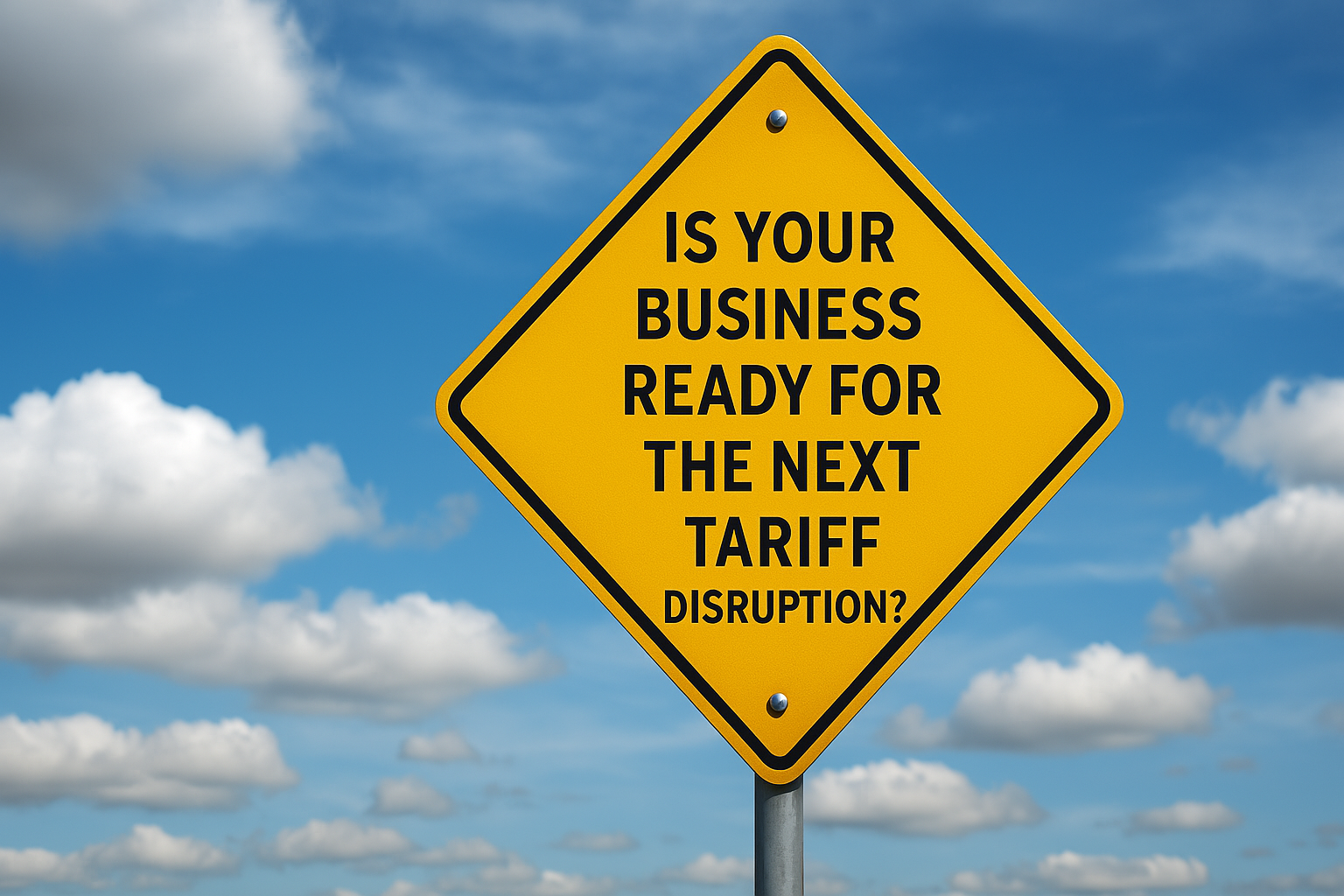Demand-Based Supermarket Pricing: Is ‘Wasteless’ the Right Strategy?
 PriceBeam
·
1 minute read
PriceBeam
·
1 minute read

A new start-up, appropriately named ‘Wasteless’, promises supermarkets that they will save both them and their customers from waste. Saving supermarkets is quite straight-forward in a way; keep lowering prices until the stock is out. For customers, however, ‘Wasteless’ promises to dynamically price goods based on their expiry date.
What differentiates ‘Wasteless’ from other dynamic pricing programmes is mostly the latter, i.e. it saves customers from waste, too. However, it raises an interesting question about whether being wasteless is desirable? (NOTE: We do not review Wasteless in itself, only demand-based pricing in general)
Arguably, waste is good in a way. For one, in order to go wasteless it is inevitable that some customers will not be served, i.e. there is excess demand so that customers are unable to get the goods they need. Foregone proceeds from purchases and the decreased likelihood of a repeat purchase (as the customer will be disappointed) is indeed a cost that should be considered when deciding whether to go ‘wasteless’.
Moreover, going wasteless will often involve lowering prices so much that it is suboptimal from a profit perspective. Many goods sold by supermarkets are highly inelastic, and therefore, it takes a price decrease that is very significant to increase the quantity sold. A 20% price decrease may only increase the quantity sold by 2%, for example, and therefore demand is often a bad input for price optimization.
Pricing that is primarily demand-based often doesn’t include relevant data on customers’ price sensitivity. We have argued before that price sensitivity should be used to determine that effect that pricing has on price perceptions; in the supermarket industry, price is often a major competitive factor, which makes creating low price perceptions and important aspect of pricing; note this is not the same as having the lowest prices.
When pricing is based on demand rather than influence on price perceptions, the relative price levels tend to depend on elasticity of demand only, i.e. the most inelastic goods are priced the lowest, relative to other goods. (Note we’re talking price levels here, not actual price points).
The result is suboptimal profits and a bad price perception among customers, which is, in general, detrimental to the bottom-line. Minimizing waste is not always the goal, and waste can indeed be a good thing.
.png?width=400&height=100&name=PBLogoTransparent%20(1).png)




